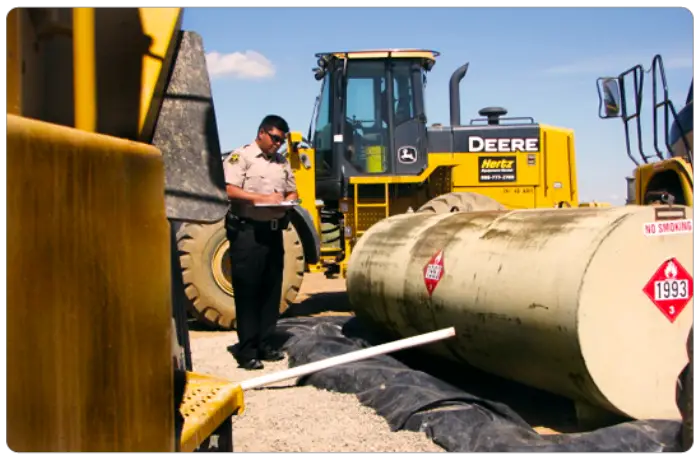Construction site theft is an industry-wide epidemic. In addition to the direct costs of replacing the stolen goods, there is also the knock-on cost due to amplified insurance premiums, rental costs to replace stolen equipment and lost output. Interruptions in production can also lead to heavy fines if targets are not met.
The key is to preventing construction site theft is making it as tough as possible for would-be thieves to swiftly make off with your tools, equipment and materials. Following these five tips can help you dodge becoming a victim of construction site theft.
Implement your theft prevention policy. Create a theft prevention policy and make sure all employees and subcontractors are made conscious of the rules and penalties for stealing. This can comprise borrowing tools for use on side jobs or after hours and removing scrap material for individual use or sale. Make a zero tolerance policy for construction site theft and notify employees and subcontractors that if caught you will seek action. Work with local authorities so they know when workers are allowed to be on the site working and ask if they can perform extra patrols by your site during nonworking hours.
Secure your site. A well-lit, fenced-in construction site with posted “No Trespassing” signs is less probable to be a victim of construction site theft. Protect your construction site by securing tools and building materials in storage boxes and cargo trailers with heavy gauge, tamper resilient locks and chains. Keep a record log of all materials, tools, equipment and keys to guarantee that everything is accounted for at the end of every workday. Keep all keys in central and secured sites and a log of who checked them out.
Secure your equipment.. Securing your heavy equipment can be as easy and low tech as removing batteries or wheels, dropping blades and buckets, and locks intended to bring to a halt controls or to keep the wheels from moving in a straight line to more high-tech options such as alarms, fuel and ignition cut-off switches, geofencing using radio frequency identification and GPS tracking devices.
Keep detailed records. Equipment manufacturers approved a standard worldwide 17-digit product identification number (PIN) system starting with their year 2000 models. Have this number etched or bead welded on two distinct locations of the equipment, one noticeable and one concealed, in order to easily identify your equipment in the occurrence of a theft. Keep chronicles of make, model and the serial number or PIN along with photos of every piece of equipment from numerous angles.
Register your equipment. Companies like the National Equipment Register or the Heavy Equipment Registration permits you to catalogue your heavy equipment to help law enforcement in recovering and returning your equipment when you’re the victim of construction site theft. They free access to law enforcement to help in the recovery of stolen equipment.
Taking these steps won’t assure your company will never be victims of construction site theft , it will go a long way in discouraging would-be thieves from targeting your construction site.
5 tips on how to prevent construction site theft
Home » Knowledge » safety and security »